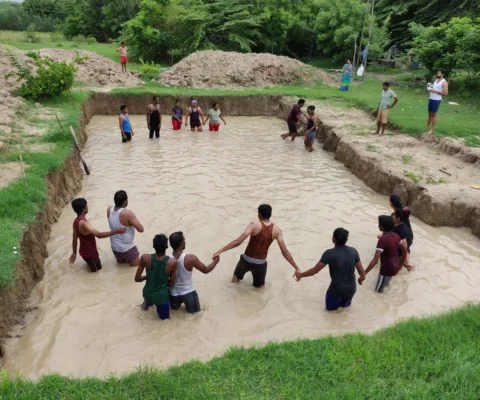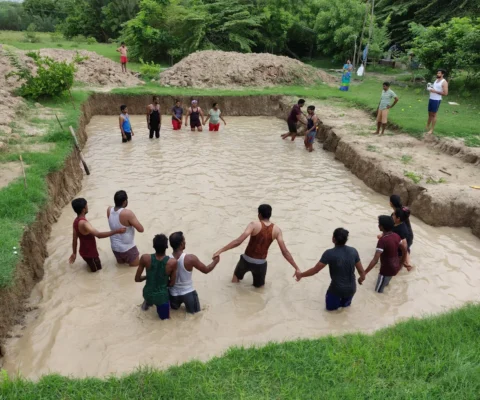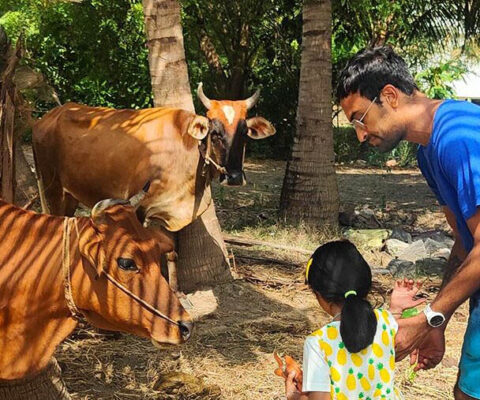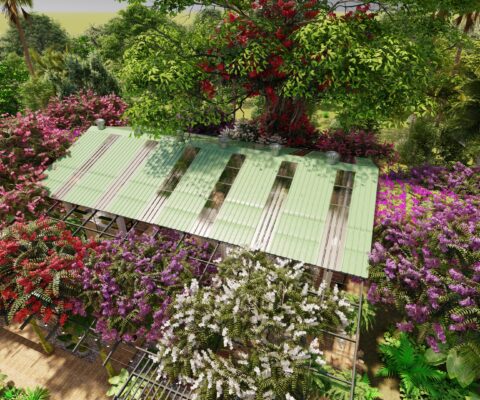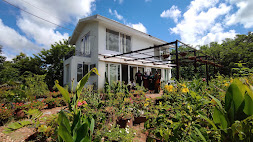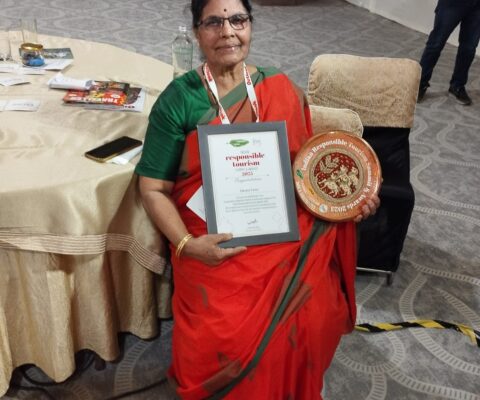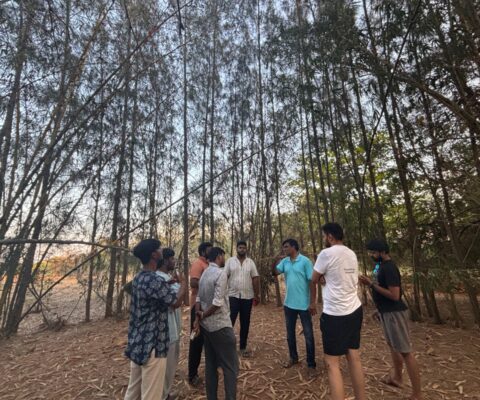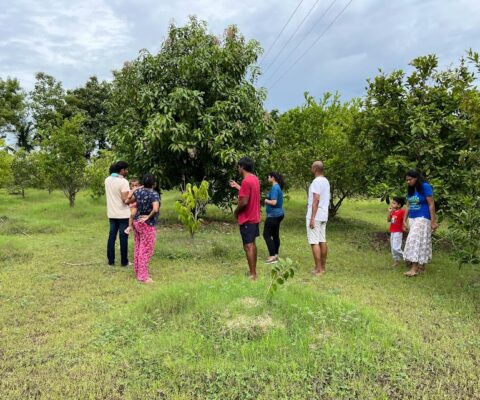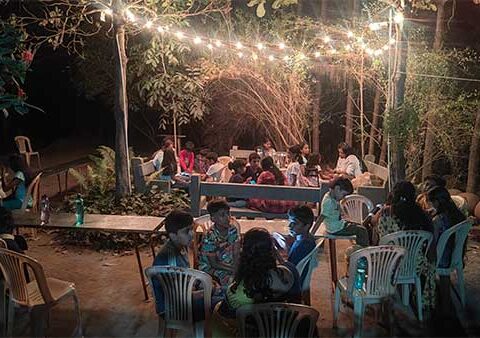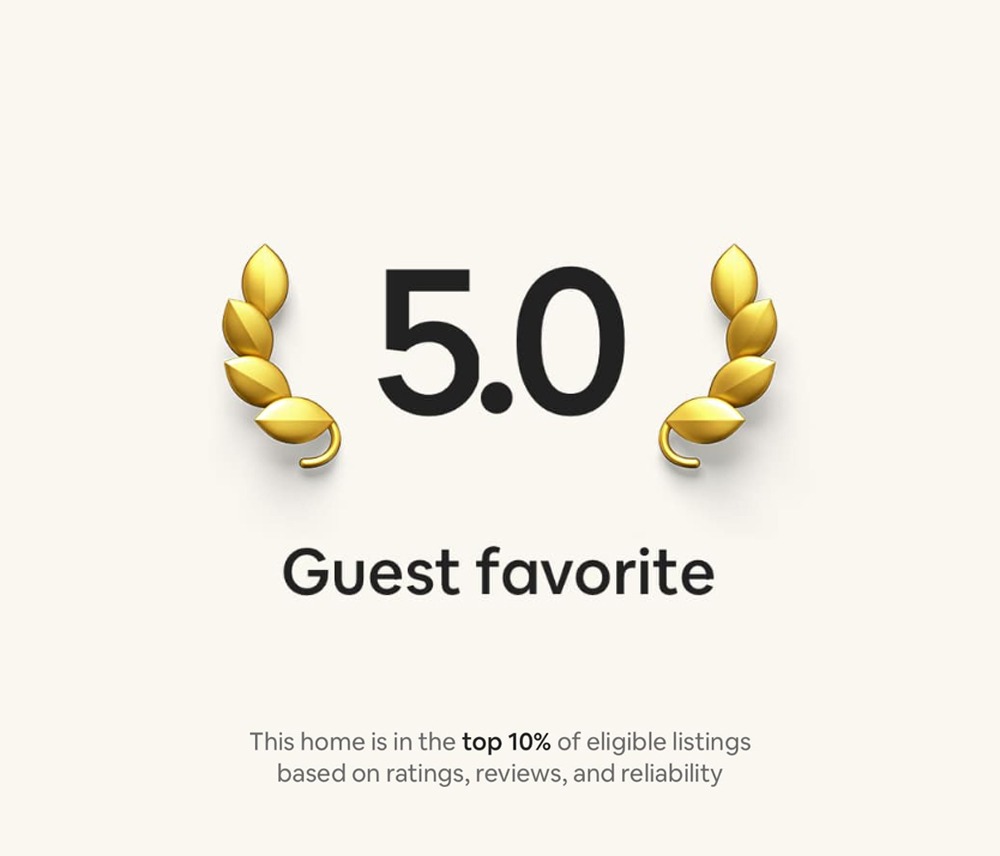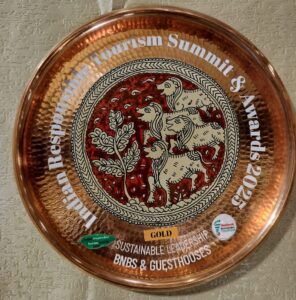1. Camels don’t store water in their humps.
Their humps actually store fat, which they convert to energy and water when food is scarce.
2. They can survive up to 10 days without water.
Even in extreme heat, camels lose very little water through sweating or urination.
3. They can drink 100 liters of water in one go.
That’s like emptying 50 two-liter water bottles in just a few minutes!
4. Camels have three eyelids.
Two are normal, and the third is a transparent membrane that protects their eyes from sandstorms.
5. They can close their nostrils.
This keeps sand out when walking through dusty environments or deserts.
6. Their poop is so dry it can be used as fuel.
In many desert regions, dried camel dung is burned for cooking and warmth.
7. Camel milk is super nutritious.
It has more Vitamin C, iron, and anti-inflammatory properties than cow’s milk — and is even used as a health drink.
8. They have wide, padded feet.
Their feet are adapted to walk on hot sand or even muddy ground without sinking.
9. A group of camels is called a “caravan.”
Perfect for storytelling at the farm “The Vaksana Camel Caravan!”
10. Camels can run up to 65 km/h in short bursts.
That’s nearly as fast as a horse!
11. They chew cud like cows.
Camels are ruminants with a three-chambered stomach not four like cows.
12. They can go weeks without food.
Thanks to their fat-storing humps and slow metabolism.
13. Camels were once used in Australia.
Yes, there are wild camels roaming free in the Australian outback, descendants of imported ones.
14. Their body temperature adapts with the environment.
This helps them avoid sweating and conserve water nature’s genius design!
15. They spit when annoyed.
But it’s not saliva — it’s a mix of air and regurgitated food. Not pleasant, but quite the defense mechanism.
16. Camels can swim!
Though rare, Bactrian and dromedary camels have been known to swim across rivers in parts of Asia.
17. They’re extremely loyal animals.
Camels bond deeply with their caretakers and can recognize them even after years apart.
18. They have a lifespan of 40–50 years.
They’re long-term companions and hard-working partners.
19. Baby camels are born without humps.
The humps develop as they begin eating solid food and storing fat.
20. There are two main types:
Dromedary: One hump (common in India and the Middle East)
Bactrian: Two humps (native to Central Asia)
Want these facts turned into a cute illustrated poster or a carousel post for Instagram with stick camel doodles? I’d be happy to help!



